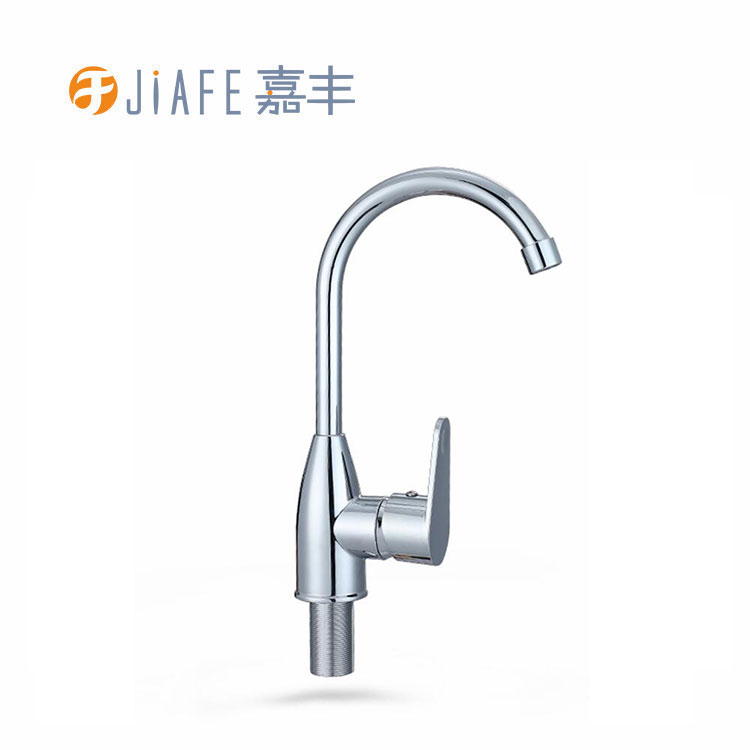Mastering Precision: The Inner Workings of Faucet Cartridges and Valve Mechanisms for Temperature Control
2023-11-14
Introduction:
The heartbeat of any well-designed faucet lies within its cartridge or valve mechanism, a critical component that governs temperature control. In this blog post, we'll embark on a journey into the intricate world of faucet engineering, exploring the diverse cartridge and valve technologies that manufacturers employ to provide users with precise and reliable control over hot and cold water temperatures.
1. Compression Cartridges:
- Traditional in design, compression cartridges involve a straightforward mechanism. As the handle is turned, it either compresses or decompresses a rubber washer, regulating the flow of water. While effective, compression cartridges may require more force to operate and are susceptible to wear over time.
2. Ball Faucet Valves:
- Ball valves use a single-handle design that controls both the temperature and flow of water. Inside the faucet body, a slotted ball regulates the mixture of hot and cold water. Although durable, ball valves may be more prone to leaks due to their intricate structure.
3. Ceramic Disc Cartridges:
- Renowned for their longevity and efficiency, ceramic disc cartridges utilize two ceramic discs that move against each other to control water flow and temperature. This design minimizes friction, reducing wear and tear and ensuring a smooth and precise operation. Faucets equipped with ceramic disc cartridges often require minimal maintenance.
4. Cartridge Faucet Valves:
- Cartridge faucet valves are a versatile option, allowing for a single-handle operation that seamlessly adjusts both temperature and water flow. These cartridges can come in various configurations, such as single or double-handle, and are known for their reliability and ease of use.
5. Thermostatic Cartridges:
- Thermostatic cartridges are a high-tech solution for temperature control. These cartridges use advanced technology to automatically adjust the water temperature to a preset level. This ensures a consistent and safe temperature, making them particularly suitable for households with children or the elderly.
6. Pressure-Balancing Cartridges:
- Ideal for preventing sudden temperature fluctuations, pressure-balancing cartridges maintain a consistent ratio between hot and cold water despite changes in water pressure. This feature is crucial for safeguarding against scalding or chilling incidents, especially in homes with multiple water fixtures.
7. Smart Faucet Technology:
- With the advent of smart home technology, some faucets incorporate electronic controls and sensors for temperature regulation. Smart faucets may use touchscreens, voice commands, or mobile apps to allow users to precisely set and monitor water temperatures according to their preferences.
Conclusion:
As we unravel the diverse world of faucet cartridges and valve mechanisms, it becomes clear that temperature control is not merely a functional necessity but a realm of innovation. From traditional compression cartridges to advanced thermostatic technologies, each mechanism contributes to the overall performance and user experience of a faucet. When selecting a faucet for your kitchen or bathroom, understanding the intricacies of these mechanisms empowers you to make an informed choice, ensuring a harmonious blend of precision, durability, and user-friendly control in your water fixtures.



